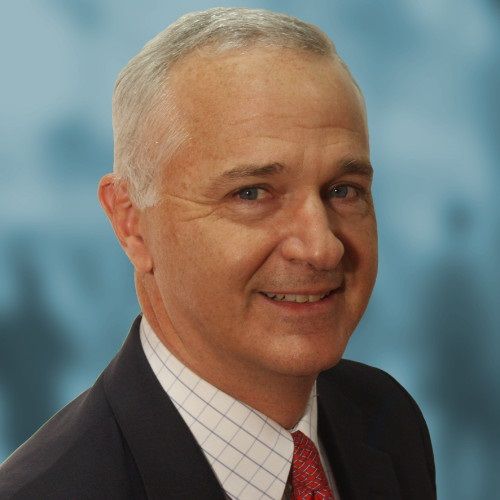Article
Malpractice discussion: Am I liable if the patient wasn’t mine?
Author(s):
Generally, a physician owes no duty to a patient without a physician-patient relationship.

Dr. Wrong has recently been sued in a most disturbing case. Three years ago, an independent nurse practitioner (NP) he supervises by employment contract, saw a young woman with a pigmented lesion, took a photo of it, and showed it to Dr. Wrong. He saw nothing atypical and conveyed this to the nurse practitioner. Unfortunately, the patient died two years later from metastatic melanoma. The estate ultimately sued both the NP and the physician. He does not understand. He tells his lawyer that since he never saw the patient, he never established a patient-physician relationship; therefore, should have no liability. Is he right?
A recently decided case in Minnesota, Warren v. Dinter, took a good look at this situation. This case analyzed the essential law underpinning a medical negligence claim – that a doctor-patient relationship must exist for a plaintiff to prevail. Generally, a physician owes no duty to a patient without a physician-patient relationship. Without a physician-patient relationship, with no duty owed, there is no liability for “breach” of that nonexistent duty. In what seemed to be a similar case to that of Dr. Wrong, the physician was found to have liability. Should we now be concerned that a physician can be held liable for malpractice even if there is no physician-patient relationship at all?
Dinter is a case that shows just how important it is to know how that relationship can still form when you never see the patient.
In this case, a patient saw a nurse practitioner for abdominal pain, fever and chills. The NP found that the patient had a high white count and so suspected an infection. The patient also had an elevated blood glucose. The NP tried to get the patient admitted to the hospital, a process which required vetting the case with a hospitalist. The hospitalist attributed the patient’s symptoms to diabetes and refused hospitalization. The patient subsequently died from sepsis caused by an untreated staph infection. Her family sued both the nurse practitioner and the physician for medical malpractice.
The hospitalist sought to be released from the case and a lower court granted it. In this case, although the hospitalist blocked the admission, the lower court nevertheless considered that he was only giving his “thoughts,” treating his interaction with the NP as an a informal curbside consult provided as an act of professional courtesy.
It was therefore determined that no physician-patient relationship existed, and no duty of care accrued. Accordingly, the case could not be maintained against the hospitalist.
The appellate court reversed this decision. It said: “Most medical malpractice cases involve an express physician-patient relationship. And a physician- patient relationship is a necessary element of malpractice claims in many states. But we have never held that such a relationship is necessary to maintain a malpractice action under Minnesota law. To the contrary: when there is no express physician-patient relationship, we have turned to the traditional inquiry of whether a tort duty hasbeen created by foreseeability of harm.”
The key word here is “express.” It is not that there was no relationship-there was not an express relationship created by a direct agreement between the doctor and the patient; however, the relationship could still be found in an implied fashion.
In this case, the patient was reliant on the hospitalist’s decision. A failure by the hospitalist to adhere to the standard of care in carrying out his assessment inevitably harmed the patient. The court said the “decision today should not be misinterpreted as being about informal advice from one medical professional to another. This case is about a formal medical decision.”
Dr. Wrong had a contractual agreement with his NP. Although he never actually saw the deceased patient, he may be found to have liability because of his relationship with the NP.





